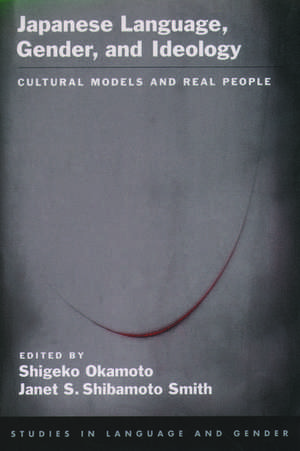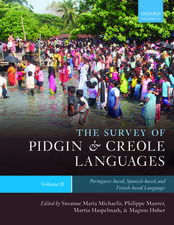Japanese Language, Gender, and Ideology: Cultural Models and Real People: Studies in Language and Gender
Editat de Shigeko Okamoto, Janet S. Shibamoto Smithen Limba Engleză Paperback – 18 noi 2004
Preț: 346.00 lei
Preț vechi: 394.49 lei
-12% Nou
Puncte Express: 519
Preț estimativ în valută:
66.21€ • 69.62$ • 54.71£
66.21€ • 69.62$ • 54.71£
Carte tipărită la comandă
Livrare economică 05-11 aprilie
Preluare comenzi: 021 569.72.76
Specificații
ISBN-13: 9780195166187
ISBN-10: 0195166183
Pagini: 320
Ilustrații: 18 line illustrations
Dimensiuni: 229 x 152 x 18 mm
Greutate: 0.46 kg
Editura: Oxford University Press
Colecția OUP USA
Seria Studies in Language and Gender
Locul publicării:New York, United States
ISBN-10: 0195166183
Pagini: 320
Ilustrații: 18 line illustrations
Dimensiuni: 229 x 152 x 18 mm
Greutate: 0.46 kg
Editura: Oxford University Press
Colecția OUP USA
Seria Studies in Language and Gender
Locul publicării:New York, United States
Recenzii
Exciting... This book is an important and refreshing addition to the existing work on Japanese language and gender. It not only scrutinizes the language and gender topic from a newer and broader perspective but it also aims at and succeeds in showing the reader that Japanese language and gender research is a continuous dynamic rather than a sequence of unrelated stages. In addition to these, the book also introduces the reader to the work of a number of key Japanese scholars who have influenced the research on language and gender in Japan and put it on a sounder, more innovative track but whose work has not been readily available in English. ...fresh, interesting, and groundbreaking.


















